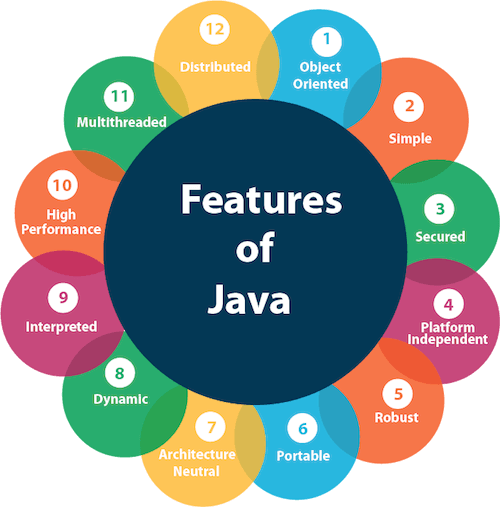

- #Using java reflection to disable methods how to
- #Using java reflection to disable methods code
Well there several things that are happening, to illustrate this lets look at the managed and unmanaged code call-stack that a reflection call goes through. So we know that ensuring reflection was fast was not a design goal, but what is it doing that takes the extra time? EEClass stores “cold” data that are typically only needed by type loading, JITing or reflection. MethodTable itself is meant to only store “hot” data that are needed in program steady state. MethodTable data are split into “hot” and “cold” structures to improve working set and cache utilization.
All information in the metadata is directly reflected in the CLR data structures.Īnd along the same lines, from Type Loader Design - ‘Key Data Structures’:. Type system data structures must be storable in NGEN images. Minimal amounts of a given type are loaded at type load time. Minimal amounts of types are loaded at a time. The garbage collector/stackwalker is able to access necessary information without taking locks, or allocating memory. Accessing information needed at compilation time for generating code is straightforward. Accessing information needed at runtime from executing (non-reflection) code is very fast. CLR Type System Design Goalsīut first it’s worth pointing out that part of the reason reflection isn’t fast is that it was never designed to have high-performance as one of its goals, from Type System Overview - ‘Design Goals and Non-goals’: NET is slow, but why is that the case? This post aims to figure that out by looking at what reflection does under-the-hood. Implements Serializable interface for Singleton Class.ĭeserializationSingleton.It’s common knowledge that reflection in. The below code is used to illustrate how the Singleton pattern breaks with deserialization. Suppose if you serialize the Singleton class, and then again de-serialize that object, it will create a new instance, hence deserialization will break the Singleton pattern. In serialization, we can save the object of a byte stream into a file or send over a network. In this, we can not able to create a second instance. There are many ways to prevent Singleton pattern from Reflection API, but one of the best solutions is to throw a run-time exception in the constructor if the instance already exists. Prevent Singleton Pattern From Reflection You will get two hash codes, as shown below. This example shows how reflection can break the singleton pattern with Java reflect. 
("Hashcode of Object 2 - "+objTwo.hashCode()) ("Hashcode of Object 1 - "+objOne.hashCode()) ObjTwo = (Singleton) constructor.newInstance()

Singleton objOne = Singleton.getInstance() Ĭonstructor constructor = () Using the Reflection API, we can create multiple objects in the Singleton class. Java Reflection is an API used to examine or modify the behavior of methods, classes, and interfaces at runtime. Here is output you can see it has the same hashcode for objectOne and objectTwo: Hashcode of Object 1 - 1836019240 ("Hashcode of Object 2 - " + object2.hashCode()) ("Hashcode of Object 1 - " + object1.hashCode()) Singleton object2 = Singleton.getInstance() Singleton object1 = Singleton.getInstance() Private static volatile Singleton instance = null Here is sample Singleton class and SingletonTest class.
#Using java reflection to disable methods how to
In this post, we will discuss how it can break and how to prevent it. There are mainly three concepts in which we can break the singleton property of a Singleton class in Java. But in some cases, it will break the singleton behavior.

As we know, in the singleton design pattern, we can only create one instance and access it in the whole application. We are used to having a singleton design pattern in our applications whenever it is needed. Learn how to avoid breaking a Singleton class pattern








 0 kommentar(er)
0 kommentar(er)
